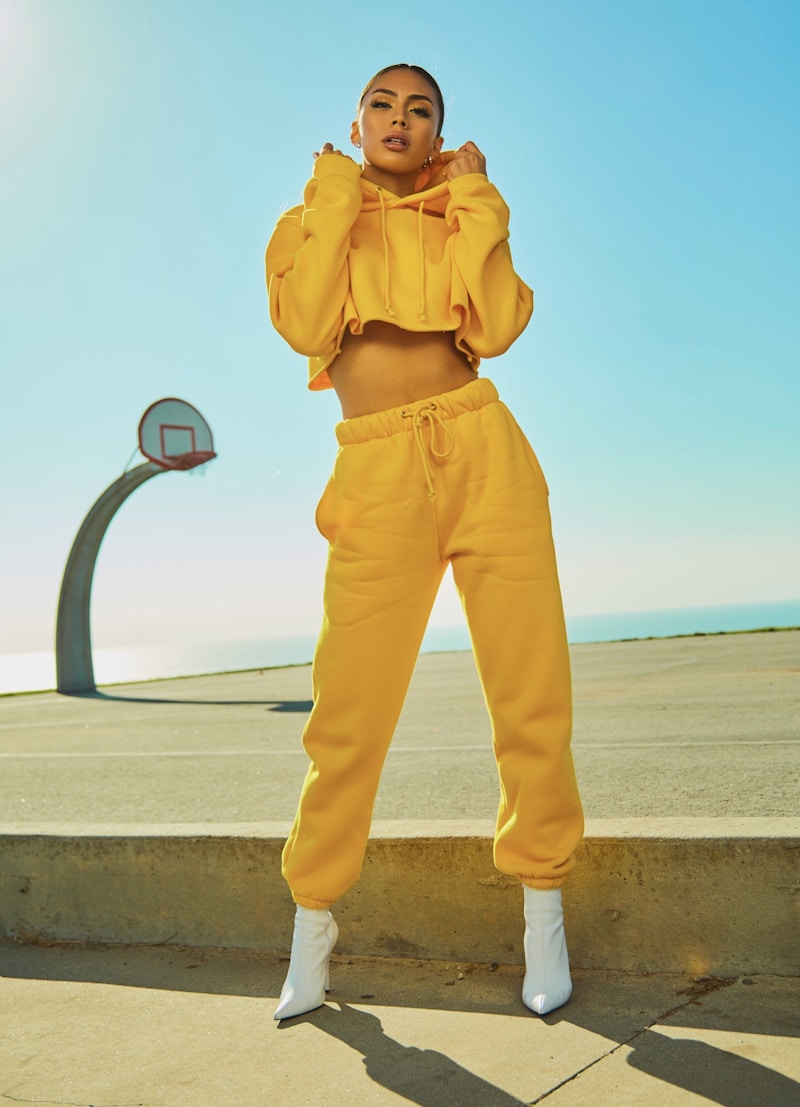The Evolution of Hemlines and Silhouettes in Bridal Wear: A Journey Through Time
The Evolution of Hemlines and Silhouettes in Bridal Wear: A Journey Through Time
Bridal fashion has always been a fascinating reflection of cultural and societal changes. One of the most visually striking aspects of this evolution is the transformation of hemlines and silhouettes in bridal wear. This article will delve into the history of bridal garments, examining how hemlines and silhouettes have transitioned through the decades, influenced by various factors such as cultural norms, economic conditions, and prominent figures in fashion. By the end of this exploration, you'll gain insights into how modern bridal wear continues to evolve, mirroring trends and sentiments of contemporary society.
A Brief History of Wedding Attire
Throughout history, the significance attached to wedding attire has varied widely across cultures. The traditional white wedding dress, popularized by Queen Victoria in the 19th century, began a trend that transformed how brides selected their attire. Before Queen Victoria's time, brides often wore their finest dresses, regardless of color. Today, the evolution of hemlines and silhouettes in bridal wear is a testament to both tradition and modernity.
Key Historical Influences on Hemlines and Silhouettes
Understanding the evolution of bridal wear involves examining the various historical eras that shaped fashion. Here are some key influences:
| Era | Hemlines and Silhouettes | Influences |
| Victorian Era (1837-1901) | A-line skirts with long trains | Queen Victoria's influence and rigid social structures |
| 1920s | Drop waist and shorter hemlines | Flapper culture and liberation movements |
| 1950s | Full skirts with petticoats | Post-war optimism and Hollywood glamour |
| 1980s | Voluminous skirts and dramatic silhouettes | Influence of fashion icons like Princess Diana |
| Modern Day | Varied hemlines - from mini to floor-length, diverse silhouettes | Globalization and individualism in fashion choices |
The Impact of Cultural Shifts on Hemlines
The hemlines of bridal wear are not just a matter of personal choice; they are deeply rooted in cultural shifts. During the roaring twenties, for instance, the introduction of shorter hemlines signified a new era of freedom for women. Brides began embracing a more liberated aesthetic, rejecting the constraints of previous generations. In contrast, the 1950s saw a return to traditionalism, with brides opting for longer, full skirts that represented post-war optimism.

Bridal Hemlines Through the Decades
1. **Victorian Era (1837-1901)**: The classic long gown remained predominant, characterized by elaborate decorations and long trains. Brides adhered to strict social expectations, and the hems were often encrusted with lace and embroidery. The silhouette was typically bell-shaped, accentuating the waist.
2. **1920s**: The flapper era introduced a more relaxed silhouette, with hemlines rising to the knee. This shift mirrored the women’s rights movement, signaling a break from traditional norms. A-line silhouettes became popular, providing a youthful and vibrant look for brides.
3. **1950s**: With the return of traditional values post-World War II, full skirts with voluminous petticoats became the norm. Hemlines danced around the mid-calf, celebrating femininity and glamour, often inspired by Hollywood stars. This era brought about an idealized vision of brides as the epitome of elegance.
4. **1980s**: The influence of royal weddings, particularly that of Princess Diana, introduced dramatic lines and oversized silhouettes. The reign of excess embraced large sleeves, intricate beading, and longer trains. The hemlines varied greatly but leaned toward floor-length gowns, signifying grandeur and fantasy.
5. **Modern Day**: Today, brides are spoiled for choice. The trend towards individual expression has affected hemlines significantly, from mini dresses for unconventional brides to classic floor-length gowns. Trends also reflect modern values, focusing on inclusivity, body positivity, and eco-friendliness.
Choosing the Right Silhouette
When selecting a dress, brides must consider which hemlines and silhouettes will best complement their body shape and personal style. Here are a few tips:
1. Understanding Body Types: Different silhouettes flatter different body types. For example, A-line dresses are universally flattering and can suit most body shapes, while mermaid styles emphasize curves.
2. Body Positivity: Modern bridal wear encourages body positivity and acceptance. Brides should embrace their unique shapes and choose styles that make them feel comfortable and confident.
3. Personal Style: Your style should shine through your wedding attire. Whether you prefer vintage-inspired dresses or modern minimalist designs, choose a silhouette that echoes your individuality.
4. Budget Considerations: Modern bridal wear comes in a variety of price points. Setting a budget can help narrow down choices while still allowing room for creativity and personal expression.
Trends Influencing Modern Bridal Wear
Today, several trends are shaping bridal fashion. Sustainability is at the forefront, with many designers crafting eco-friendly dresses from recycled materials. Additionally, many brides are opting for non-traditional colors and unique prints, moving away from the classic white or ivory.
Another emerging trend is the rise of destination weddings, which has influenced the silhouettes brides are choosing. Lighter fabrics and easy-to-pack designs are becoming popular among those tying the knot in exotic locales.
Conclusion: The Future of Bridal Hemlines and Silhouettes
The evolution of hemlines and silhouettes in bridal wear is a reflection of society's changing values and aesthetics. As we move forward, we can expect to see greater diversity in the types of dresses worn by brides around the world. Significant global cultural shifts are on the horizon, and bridal fashion will continue to innovate and adapt.
In summary, selecting the perfect bridal gown involves understanding the influences of past styles while considering modern trends. Whether you gravitate towards vintage hemlines or contemporary silhouettes, always remember to express your personal style on your special day. Embrace the evolution of bridal wear as a journey, celebrating not only your love story but also the rich tapestry of fashion history.
As you embark on your bridal journey, keep these tips in mind, and remember that your choice should resonate with who you are. After all, your wedding day is a reflection of your personal style and a celebration of your unique love story.
